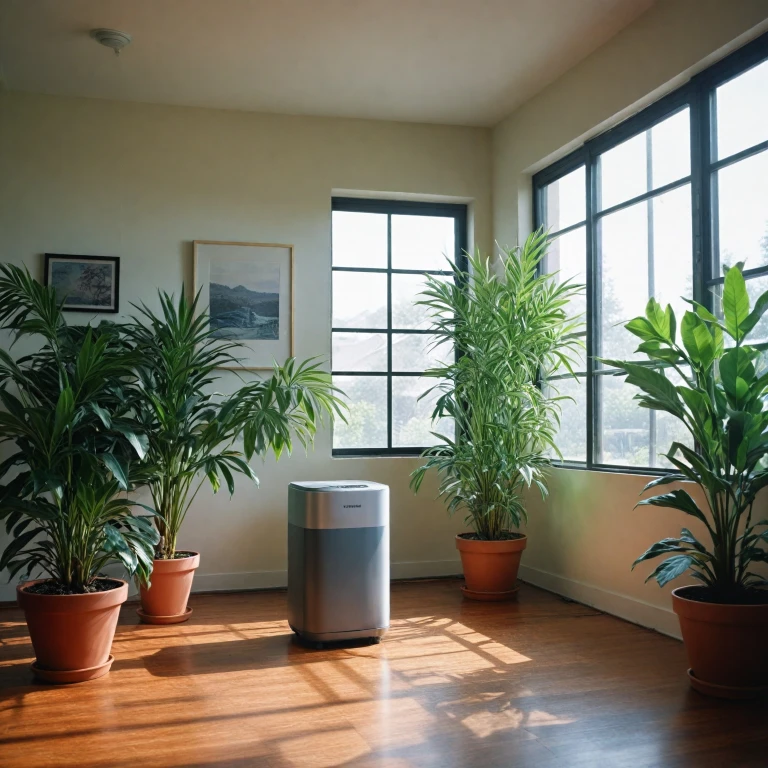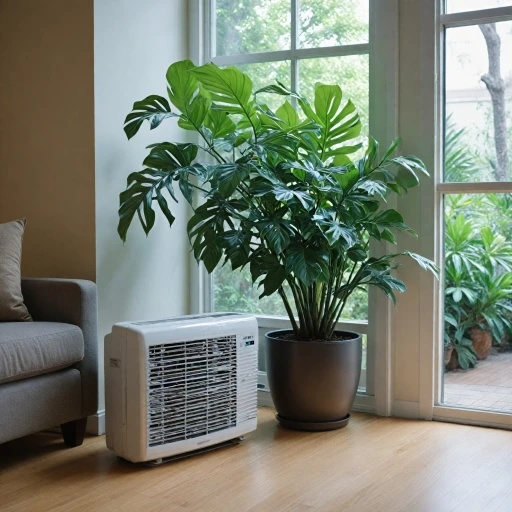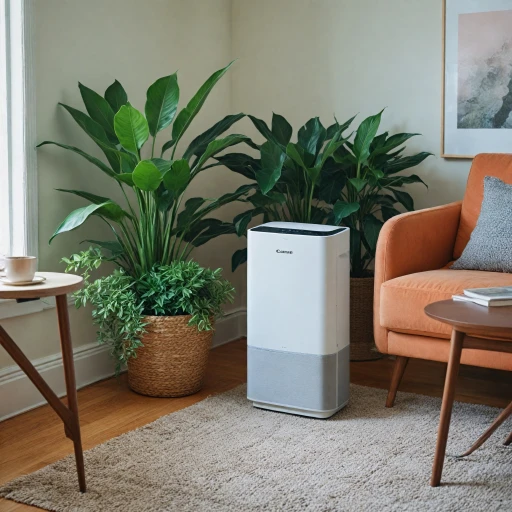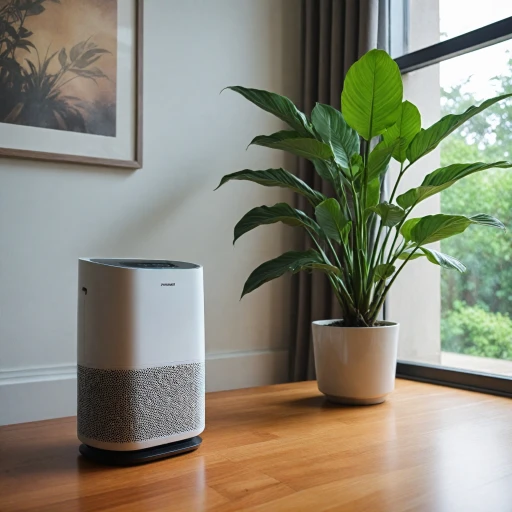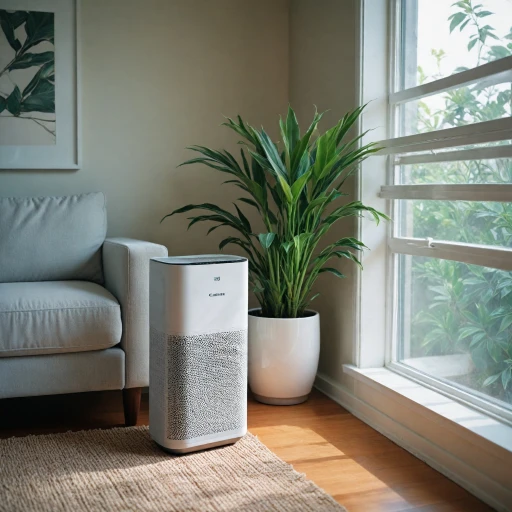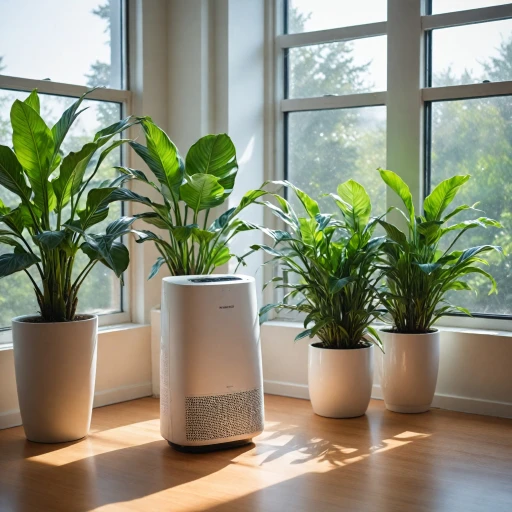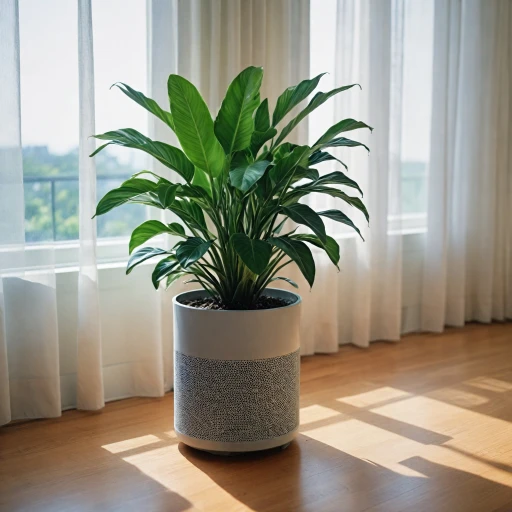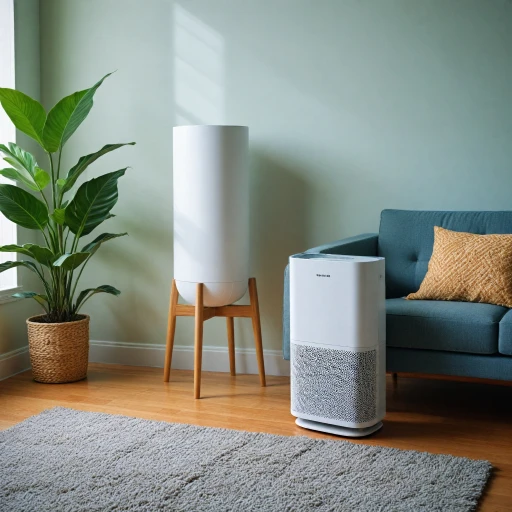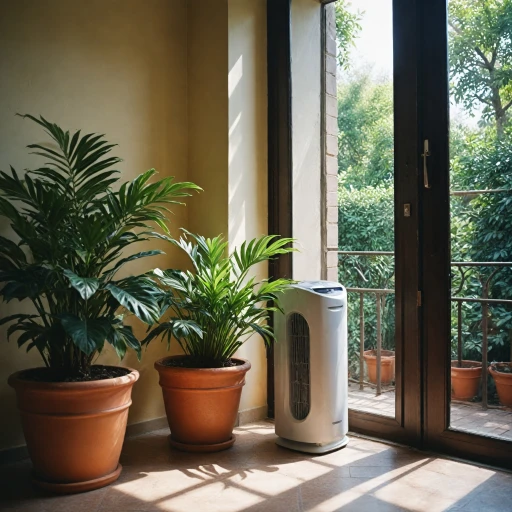What is a HEPA Air Scrubber?
Introducing HEPA Air Scrubbers: The Basics
HEPA air scrubbers have become an essential part of air quality management in both residential and commercial spaces. But what exactly is a HEPA air scrubber? In essence, a HEPA air scrubber, often referred to as a scrubber air machine, is a device that utilizes High-Efficiency Particulate Air (HEPA) filters to capture and remove airborne contaminants from indoor air. These are different from standard air purification systems due to their advanced filtration processes.
- True HEPA Filtration: At the core of a HEPA air scrubber is its HEPA filter. True HEPA filters are renowned for their ability to trap particles as small as 0.3 microns at an efficiency rate of 99.97%. This makes them highly effective in removing particulates like dust, pollen, and mold spores from the air.
- Negative Air Pressure: Many commercial models create negative air pressure to confine and redirect contaminated air, ensuring that purified air is continuously cycled in the space, which is crucial in spaces like construction sites and healthcare centers.
- Portable Design: While some air scrubbers are designed for stationary use, numerous models offer portable solutions, providing flexibility to improve air quality in various rooms or commercial setups.
HEPA air scrubbers stand apart, leveraging multi-stage filtration and robust fan systems measured in cubic feet per minute (CFM), ensuring comprehensive air purification. They serve numerous applications, offering effective solutions for homeowners, businesses, and environments requiring stringent air filtration, such as mold remediation projects. Their usage, maintenance, and perceived effectiveness in delivering 'cleaner air' will be discussed throughout subsequent sections.
Key Features to Look for in a HEPA Air Scrubber
Essential Features of an Efficient Air Scrubber
When seeking a high-performing HEPA air scrubber, several key features can significantly enhance the efficiency and effectiveness of the unit in improving indoor air quality. Understanding these attributes will help you select the right product for your needs.- True HEPA Filter Performance: A true HEPA filter is crucial for effectively capturing airborne contaminants down to 0.3 microns, including mold spores, dust particles, and even some viruses. This ensures superior air purification and is a defining feature of a quality air scrubber.
- Multiple Filtration Stages: For optimal air filtration, look for machines with multiple filtration stages. This often includes a pre-filter to capture larger particles, followed by the HEPA filter, and potentially an activated carbon filter to tackle odors and volatile organic compounds (VOCs).
- Portable Air Quality Solutions: Portability is a significant advantage, especially if you need the flexibility of moving the air scrubber between rooms or commercial spaces. Many units come with robust wheels or handles for easy transportation.
- Negative Air Capabilities: Some air scrubbers are designed to function as negative air machines. This means they can create a negative pressure environment, particularly useful in situations where containment of airborne contaminants like mold is essential.
- Adjustable CFM Settings: The air scrubber should feature adjustable cubic feet per minute (CFM) settings to allow fine-tuning based on the size of the room or the level of contamination. A higher CFM indicates a more powerful unit capable of purifying a larger space.
- Customer Service Support: Reliable customer service is essential for maintenance and troubleshooting. It’s always beneficial to choose a brand known for excellent support to ensure your machine maintains peak performance over time.
- Commercial and Residential Use: While HEPA air scrubbers are often employed in commercial settings, their use in residential spaces is increasing. Consider your application to find a model that balances power, size, and noise levels for your specific environment.
Comparing HEPA Air Scrubbers to Other Air Purifiers
HEPA Air Scrubbers Versus Other Purification Machines
When considering indoor air purification solutions, it's essential to understand how HEPA air scrubbers stack up against other air purifiers in terms of design, functionality, and efficiency. Various machines on the market aim to enhance air quality, each with unique capabilities. Firstly, HEPA air scrubbers are remarkable for their multi-stage filtration systems, designed to capture airborne contaminants efficiently. True HEPA filters in these scrubbers can remove particles as small as 0.3 microns with a high degree of accuracy. In contrast, other air purifiers might rely on different filter types, such as activated carbon or ionizer-based systems, which target specific impurities like odors or certain pollutants but might not offer the comprehensive filtration HEPA air scrubbers provide. Moreover, HEPA air scrubbers can often be configured to operate as negative pressure air machines. This feature is particularly beneficial in environments where controlling the spread of mold, dust, or contaminants is critical, such as commercial spaces or health centers. Such flexibility is not always found in traditional air purifiers without adaptation. Portability is another crucial aspect where HEPA air scrubbers excel. Many models are designed as portable air units, providing the convenience of moving them from room to room as needed to maintain optimal air filtration throughout an entire building. Some non-HEPA purifiers can be bulky or built-in, limiting their placement freedom. In terms of power, HEPA air scrubbers typically offer considerable air filtration capacity, measured in cubic feet per minute (CFM). This measurement indicates the volume of air the scrubber can process and clean, impacting its efficiency in larger spaces. Many air machines that lack HEPA technology might also struggle to provide similar air cleaning capabilities. Since there are several air purifiers on the market, the variety can be overwhelming. When choosing the right air purification solution, it's crucial to consider your specific needs, like the size of the space, the type of airborne pollutants you are concerned about, and the machine's filtration capacity. For a deeper dive into innovative alternatives, you may want to explore the benefits of ActivAIR phoam in air purification to further broaden your options. Explore the benefits of ActivAIR phoam in air purification.Applications and Use Cases for HEPA Air Scrubbers
Versatile Uses of HEPA Air Scrubbers
HEPA air scrubbers are renowned for their versatility in improving indoor air quality across various settings. These machines are equipped with true HEPA filters, capable of capturing airborne contaminants with remarkable efficiency. Here’s a closer look at where these air scrubbers can be most beneficial:
- Commercial Spaces: In commercial environments, maintaining clean air is crucial for both employee health and customer satisfaction. HEPA air scrubbers help in removing dust, allergens, and other pollutants, ensuring a healthier workspace.
- Construction Sites: Construction activities often release dust and other particles into the air. Portable air scrubbers with negative pressure capabilities are ideal for these settings, as they can efficiently filter out debris, protecting workers and minimizing the spread of contaminants.
- Mold Remediation: During mold remediation, HEPA air scrubbers are essential. They help in filtering out mold spores from the air, preventing them from settling in other parts of the building. This is particularly important in ensuring a thorough cleanup and preventing future mold growth.
- Healthcare Facilities: In hospitals and clinics, air quality is paramount. HEPA air scrubbers can be used to create negative pressure rooms, preventing the spread of infectious diseases and ensuring a sterile environment for patients and staff.
- Residential Use: For homeowners, HEPA air scrubbers offer a solution for improving indoor air quality. Whether it’s dealing with allergens, pet dander, or other pollutants, these machines can significantly enhance the comfort and health of living spaces.
By understanding the diverse applications of HEPA air scrubbers, users can make informed decisions about which model best suits their needs. Whether for commercial or residential use, these air purification machines offer a reliable way to ensure cleaner, healthier air.
Maintenance Tips for Optimal Performance
Simple Maintenance Techniques for Air Scrubbers
Proper maintenance is essential for ensuring optimal performance, extending the life of your HEPA air scrubber, and preserving air quality. Here are some practical steps:- Monitor and Replace Filters: Check the HEPA filter and pre-filters regularly. The frequency of replacement depends on the usage and environment, but generally, HEPA filters should be replaced every 6 to 12 months. Keeping tabs on these filters maintains efficient air filtration and captures airborne contaminants effectively.
- Check Negative Air Pressure: For air scrubbers used under negative air pressure conditions, regularly inspect the seals and connections to ensure they are airtight. This helps in maximizing the efficiency of the machine in various applications, including mold remediation and construction site cleanup.
- Clean the Housing: Dust and debris can accumulate on the exterior parts of the air scrubber. Wipe down the machine with a damp cloth periodically to prevent buildup, ensuring that air can flow freely through the system.
- Inspect for Wear and Tear: Regularly survey the unit for any signs of physical damage or wear. Consistent usage, especially in commercial environments, may lead to part degradation. Addressing these early can prevent machine downtime.
- Verify CFM Output: Ensure that the Cubic Feet per Minute (CFM) output is at optimal levels. This is crucial for both portable air machines and industrial applications, where air purity and circulation are priorities.
